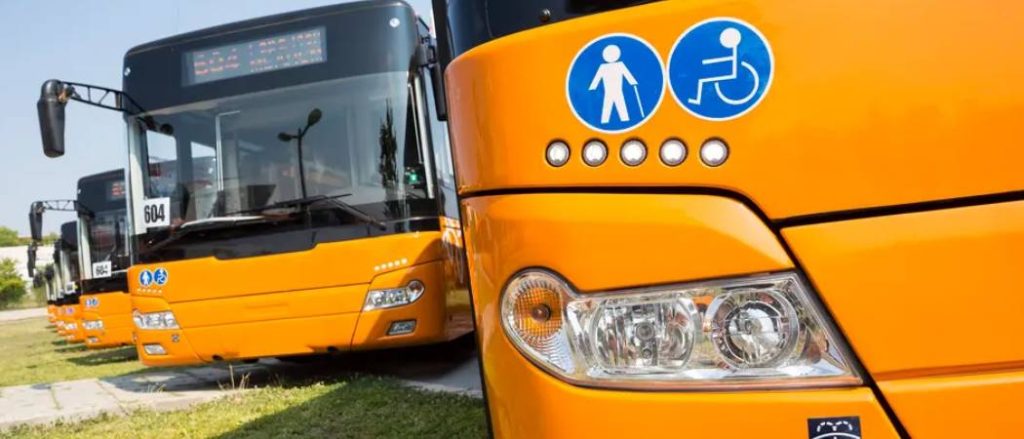Disabled people often face significant difficulties while traveling as they cannot use conventional transport. Uncomfortable taxi rides can make the journey feel longer than it is, which can severely limit their freedom and ability to participate in society.
However, with the introduction of disability transportation services, these people’s lives have changed dramatically.
In the article, we’ll look at how such services work, what advantages they offer people, and the availability of the best ones.
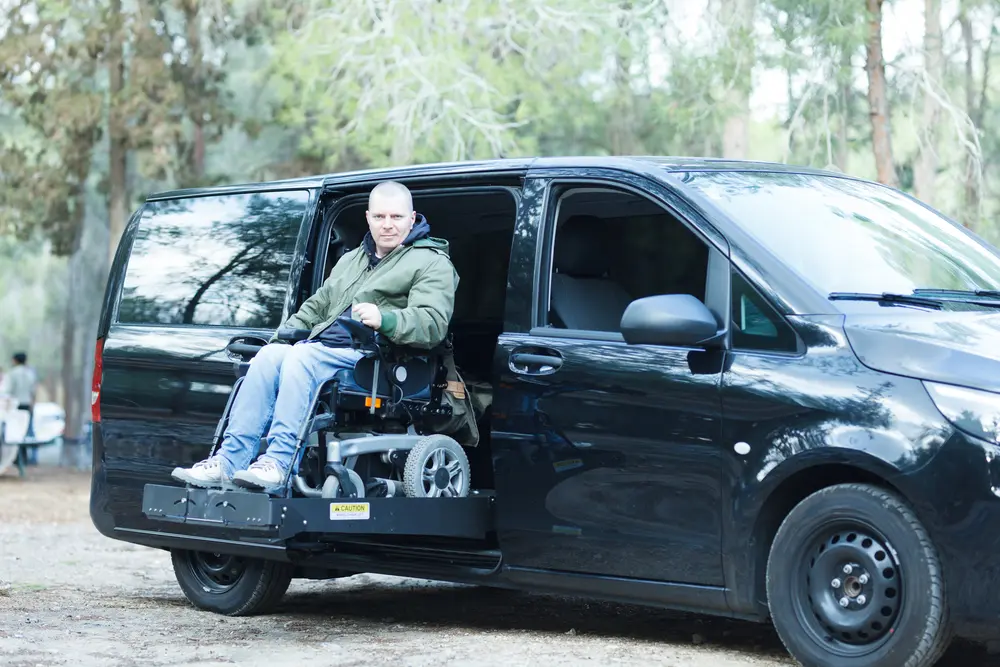
Need for Wheelchair Accessible Transportation
Accessible transportation is not merely convenient for individuals with mobility challenges, older adults, and disabled people; it is a lifeline to essential services, social interactions, and independence.
Here are some essential ways transportation needs can improve the quality of life and support wheelchair users.
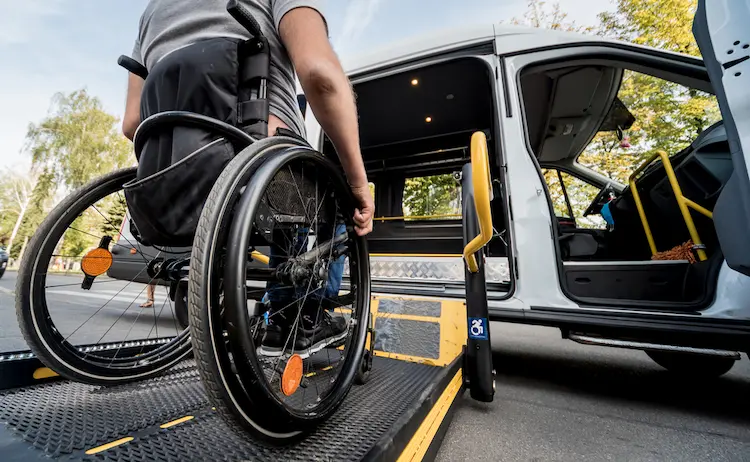
Enhancing Mobility and Independence
People with mobility challenges have a far better quality of life when accessible modes of transportation are readily available. Without accessible public transportation, people with disabilities are typically left out of the social and economic mainstream.
Improves Health and Well-being
Many people with disabilities rely heavily on ready access to medical services to preserve their health and quality of life. Without reliable transportation, it might be hard for disabled people to get to and from medical appointments.
Health-related problems can be avoided, and solutions and outcomes improved when people with disabilities have ready access to timely, critical medical treatment.
Specialized Care and Assistance
Handicapped transportation services offer specialized care and assistance to seniors and passengers with disabilities.
These services employ knowledgeable, reliable drivers and attendants familiar with the requirements of individuals with disabilities to ensure a safe and comfortable environment during travel.
Alleviating Family Burdens
Usually, caregivers and family members are the ones who arrange transportation for their disabled loved ones. And the whole process can be stressful in many ways, including mentally, physically, and monetarily.
Accessible transportation services can support family caregivers so they can focus on other caregiving tasks and foster a healthier and more helpful environment at any time.
Promotes inclusiveness and Diversity
Providing accessible public transportation sends a strong message of acceptance, empowers communities, and gives people a sense of belonging in today’s diverse society. As a result, society becomes closer, and its members become more empathetic and accepting of one another.
Enhancing Disaster Preparedness
Wheelchair-accessible transportation is crucial for the safety and well-being of individuals with disabilities during emergencies and natural disasters.
To guarantee no one is left behind during disasters, communities should include handicapped-related mobility choices in their planning for all community members.
Overcoming Challenges and Stereotypes
Disabled individuals often face societal stereotypes and misconceptions, making transport services crucial in combating these. By providing accessible transportation options, these services support the idea that people with disabilities can live fulfilling, active lives and contribute significantly to society.
A video that shows what a handicapped taxi looks like and how to get into it.
The Best Handicapped Transportation Service
Advanced technology has significantly improved accessible transportation options for people with impairments, including accessible cars, public transport, ride-hailing services, and air travel.
Because they offer accessible door-to-door facilities, people with disabilities can feel safe using them.
In addition, the vehicles used are explicitly designed as handicapped accessible and other mobility aids, ensuring accessible rides, convenience, and safety.
Disabled people in the United States can access various transportation options to meet their unique needs.
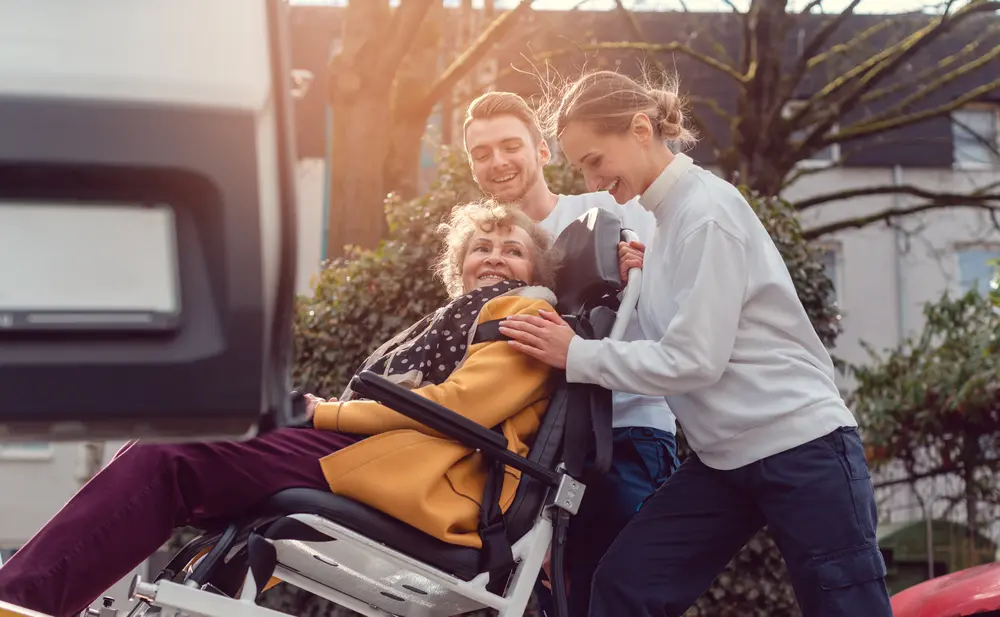
Public Accessible Transportation
Fixed route service is provided by public transportation agencies by bus and rail following predetermined routes at regular intervals and without the need for advanced reservations.
Many cities in the US offer accessible buses, subways, and trains equipped with ramps or lifts, priority seating, and designated spaces for passengers using wheelchairs or mobility aids. These vehicles ensure that disabled individuals can access public transportation like everyone else.
A famous example is Amtrak, the national passenger rail service that provides wheelchair accommodations, discounts, accessible facilities, and priority entry for accessible train travel.
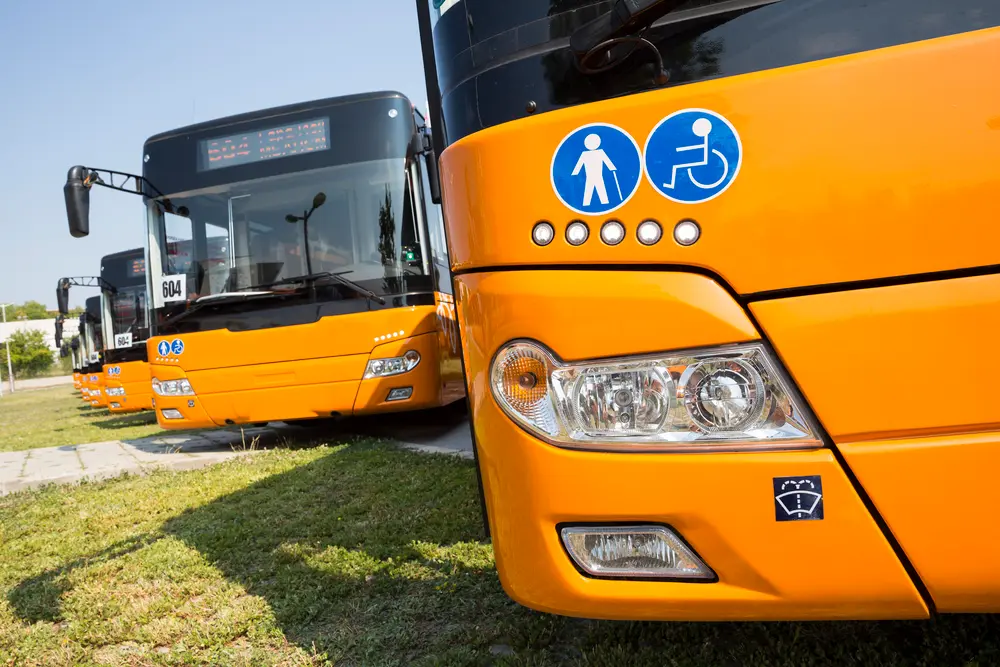
Paratransit Service
Paratransit services, or Ride-A-Dial, provide customized door-to-door transportation choices for people with disabilities who cannot utilize standard public transit due to mobility challenges. They are available in many cities and areas across the United States.
Paratransit programs provide shared ride-along, low-floor buses, ramps at stations, and other features to cater to those who qualify for ADA eligibility standards. It also doesn’t charge for additional family members or caregivers. It is recommended to book the service at least 24 to 48 hours in advance.
A few examples include Access-A-Ride (New York), RTC Paratransit (Las Vegas, Nevada), The RIDE (Boston, Massachusetts), and PACE ADA Paratransit (Chicago, Illinois).
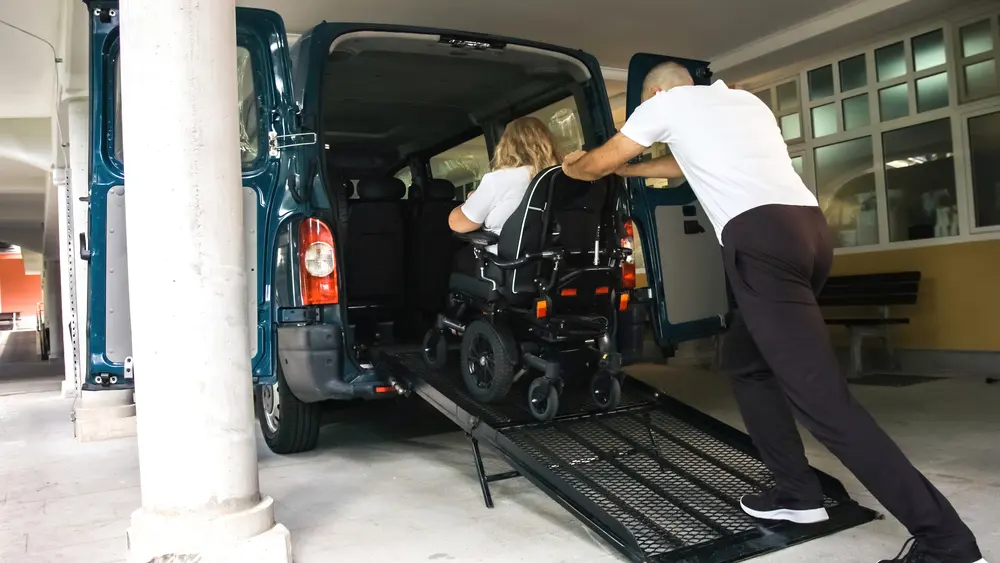
Van Pickups
Wheelchair transport services that employ van pickups often use vans that have been adapted to accommodate passengers in wheelchairs. Users can access vans with ramps or elevators, providing comfortable travel and additional space for their caretakers.
Van pickups may be slightly more expensive, but their convenience and advantages outweigh the price difference. Learn more about the wheelchair van grants in our dedicated article.
Examples include Accessible Transit Solutions and Rollx Vans.
Ride-Sharing and Transportation Network Companies (TNCs)
Ride-sharing and Transportation Network Companies (TNCs) use mobile applications to connect passengers with drivers via apps and online, making transportation convenient and efficient.
Wheelchair-accessible vehicles, driver training, dedicated pick-up spots, and other accessibility enhancements have contributed to welcoming solutions to accommodate people with disabilities.
Uber is a leading provider offering specially equipped vehicles through its Wheelchair Accessible Vehicles (UberWAV) program. It can be requested via the UberWAV app in over seventeen US cities.
Shared-ride airport transportation provider SuperShuttle has established accommodations for customers with special needs. Air travel as a wheelchair user has rules and regulations, which have already been discussed in the article.
Lyft, a ride-hailing service, offers a “Lyft Access” program, linking passengers with wheelchair-accessible rides. Some other reliable options include MV-1 Taxis and GoGoGrandparent.
Need to learn how to use these apps? Here is a guide to using Uber and Lyft for better understanding.
Non-Emergency Medical Transportation (NEMT)
Individuals unable to use conventional modes of transportation due to a disability or health condition and with no other means of transport can rely on non-emergency medical transportation services to get them to and from their medical appointments, treatments, and hospital discharges.
These programs are administered state-by-state and are mandated under Medicaid laws.
LogistiCare is one of the largest NEMT service providers in the country, coordinating transportation services for Medicaid and Medicare beneficiaries in various states.
Others include Medical Transportation Management (MTM), Veyo, BriteLift, Secure Transportation, First Transit, and Access2Care.
Medical Taxi Service
A subgroup of NEMT providers, medical taxi services, provides transportation to individuals with medical needs. These services ensure the safety and security of passengers who require medical attention during the journey.
Wheelchair-Accessible Taxis
There are accessible taxis equipped with ramps or lifts in many cities, allowing passengers using wheelchairs or mobility aids to travel in comfort.
Some community organizations provide taxi vouchers to eligible senior citizens and people with disabilities. One may call accessible taxi services on the street or schedule them in advance.
Across the United States, Yellow Cab organizations have invested in handicap-friendly taxi services with ramps to accommodate people with transportation needs.
Specialized Transportation Providers
Disabled people can find private and non-profit organizations that provide transportation services tailored to their specific requirements and preferences.
One such provider is The National Aging and Disability Transportation Center (NADTC), a federally funded program promoting accessible and inclusive transportation options for senior citizens and people with disabilities. It offers resources, technical assistance, and education to enhance mobility and meet the needs of these populations.
Another one is The National Center for Mobility Management, which assists in locating nearby organizations that can provide you with the best transportation options.
These choices work together to make the transit system more accessible and welcoming.
While all the above methods allow passengers to bring their bags, packing them efficiently is the key to a smooth journey. Read about the best picks for traveling bags in our article here.
Real-Life Examples
Here are a few examples of the diverse community of individuals benefiting from accessible transport services that enhance their mobility, independence, and overall quality of life.
John Morris, a wheelchair user, shared his experience when he took his first UberWAV in Washington, D.C.; the fare was less than half that of a Yellow Cab. He also said that It’s fantastic to find ways to cut costs when you have a handicap.
In the video above, Ann expresses her satisfaction with using Transport Service for her medical appointments.
Henry, a senior, shared his experiences using medical transport services as he had lived in a facility for the past 17 years. In the last year, he had extensively used medical transport instead of public transport and was indeed happy with his choice.
Conclusion
Wheelchairs, scooters, and other mobility device users require specialized transportation, and inclusive and easy-to-use transportation options for people with disabilities have improved their lives.
Public transit providers like Amtrak and ride-hailing companies like Uber and Lyft are working hard to make transportation easy for those with disabilities and assist people with a wide range of necessities to move about more freely and independently.
